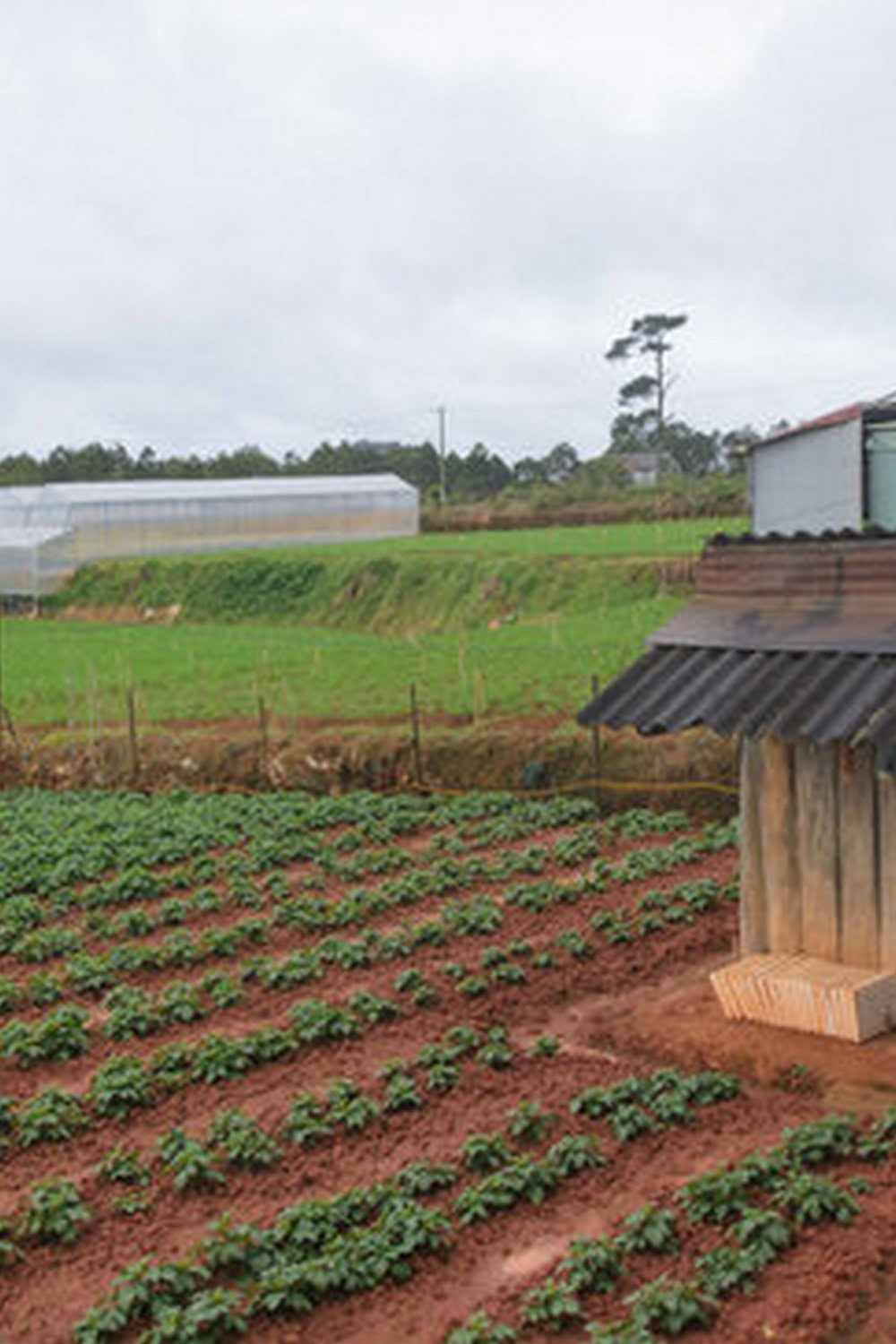Raised Vegetable Garden Beds
A vegetable garden is a great way to get fresh, nutritious produce right from your own backyard. But if you don’t have a lot of space, building a raised vegetable garden bed is a great solution.
Raised garden beds are simply elevated beds that are filled with soil, making it easy to grow vegetables, flowers, and other plants. They can be made from a variety of materials, including wood, stone, or concrete.
There are a few things to consider when building a raised vegetable garden bed. First, be sure to choose a location that gets plenty of sunlight. The bed should also be in an area that is easy to access so you can work in the soil and harvest your crops.
If you’re using wood to build your raised bed, be sure to use untreated lumber, as treated lumber can leach chemicals into the soil. And, if you’re using stone or concrete, make sure the surface is level.
Once you’ve chosen a location, it’s time to start building your raised bed. The dimensions of your bed will depend on the amount of space you have available. But, in general, the bed should be at least 12 inches high and 24 inches wide.
To build the frame, use 2x4s or 2x6s to create a rectangle. Then, use 3-inch nails or screws to attach the boards together. Be sure to drill pilot holes before nailing or screwing the boards together, to avoid splitting the wood.
Once the frame is complete, fill it with soil. You can either purchase soil from a garden center, or you can create your own by mixing compost, manure, and soil. Be sure to mix in a generous amount of organic matter to help the soil retain moisture and nutrients.
Then, it’s time to plant your vegetables! Be sure to consult a gardening book or online resource to find out which vegetables are best suited for your climate and soil type.
A raised vegetable garden bed is a great way to get started gardening, even if you don’t have a lot of space. By following these simple instructions, you can build your own raised bed and be enjoying fresh, homegrown vegetables in no time!
Planning A Vegetable Garden Layout Raised Beds
When planning your vegetable garden layout, it is important to consider the space you have available and the crops you want to grow. One option for maximizing space is to use raised beds. Raised beds are beds that are elevated above the ground, typically with a wooden frame. This allows for better drainage and air circulation, which can be important for healthy plants.
When planning a raised bed vegetable garden, there are a few things to keep in mind. First, decide how large you want your bed to be. Then, decide what crops you want to grow and what spacing is needed. You will also need to decide on the height of the bed. The standard height is 12 inches, but you can make it taller or shorter depending on your needs.
Once you have decided on the size and shape of your raised bed, you can start planning your garden layout. One option is to create a grid pattern, with each bed measuring 4 feet by 4 feet. This will allow you to grow a variety of crops, including vegetables, herbs, and flowers. You can also mix and match different shapes and sizes to create a more custom layout.
If you are using raised beds, it is important to use good soil. You can either buy soil from a store or mix your own. Be sure to add organic matter, such as compost, to help improve the soil quality.
Raised beds are a great option for gardeners who want to maximize space and improve soil quality. With a little planning, you can create a beautiful and productive raised bed garden.
Best Fertilizer For Raised Bed Vegetable Garden
When it comes to fertilizer for a vegetable garden, there are many options to choose from. One of the best options, however, is to use a fertilizer specifically designed for raised bed gardens.
A raised bed vegetable garden is a great way to garden if you have limited space. By using a raised bed, you can make the most of your space by growing your vegetables in a confined area. And, by using a fertilizer specifically designed for raised bed gardens, you can make sure that your plants get the nutrients they need to grow big and healthy.
One of the best things about using a raised bed vegetable garden is that you can use a variety of different soil types. This means that you can use the type of soil that is best suited for your area. And, by using a fertilizer specifically designed for raised bed gardens, you can make sure that your plants get the nutrients they need to grow big and healthy.
When it comes to fertilizer for a vegetable garden, there are many options to choose from. One of the best options, however, is to use a fertilizer specifically designed for raised bed gardens.
A raised bed vegetable garden is a great way to garden if you have limited space. By using a raised bed, you can make the most of your space by growing your vegetables in a confined area. And, by using a fertilizer specifically designed for raised bed gardens, you can make sure that your plants get the nutrients they need to grow big and healthy.
One of the best things about using a raised bed vegetable garden is that you can use a variety of different soil types. This means that you can use the type of soil that is best suited for your area. And, by using a fertilizer specifically designed for raised bed gardens, you can make sure that your plants get the nutrients they need to grow big and healthy.
Raised Vegetable Garden On Legs
Do you want a vegetable garden, but don’t have the space or ability to put in a traditional garden? A raised vegetable garden on legs may be the perfect solution for you!
A raised vegetable garden is a garden that is elevated above the ground. This can be done in a number of ways, but the most common way is to use legs to elevate the garden. This allows you to have a garden even if you don’t have a lot of space, and it also makes it easier to work on the garden because you don’t have to bend over.
There are a number of different things that you can grow in a raised vegetable garden. The most common vegetables that are grown in a raised garden are tomatoes, cucumbers, peppers, and zucchini. However, you can grow just about any vegetable in a raised garden.
The best way to get started with a raised vegetable garden is to decide what you want to grow. Once you know what you want to grow, you can then choose the right type of garden for your needs. If you are a beginner, it may be a good idea to start with a kit garden, which will provide you with all the supplies you need to get started.
Once you have your garden set up, it is important to take care of it. This includes watering the plants and keeping the soil healthy. You may also want to add some compost to the soil to help improve the quality of the soil.
A raised vegetable garden is a great way to get started with gardening, and it is a great way to get your kids interested in gardening. It is also a great way to get fresh vegetables right from your garden.
Raised Vegetable Garden Watering
The best time to water your vegetable garden is in the morning. This will allow the water to evaporate and the soil to cool throughout the day. Evening watering can lead to fungal diseases because the moisture will stay on the leaves and fruits overnight.

If you’re looking to get into vegetable gardening, or are just looking for some tips on how to make your current garden better, then you’ve come to the right place! My name is Ethel and I have been gardening for years. In this blog, I’m going to share with you some of my best tips on how to create a successful vegetable garden.





